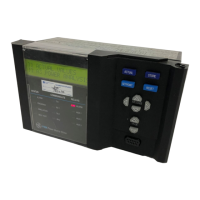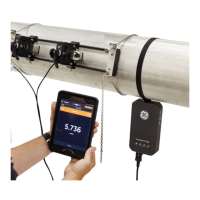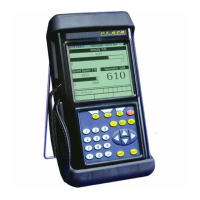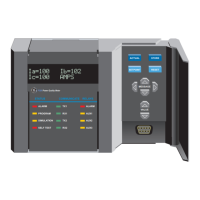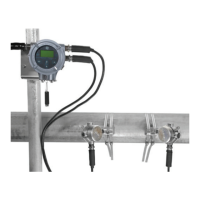4/9/98
A-28 Application of the Hygrometer (900-901D1)
Henry’s Law Type Analysis (cont.)
For liquids in which a Henry’s Law type analysis is applicable,
the parts per million by weight of water in the organic liquid is
equal to the partial pressure of water vapor times a constant:
(a)
where, K is the Henry’s Law constant in the appropriate units,
and the other variables are as defined on page A-13.
Also, the value of K is determined from the known water
saturation concentration of the organic liquid at the measurement
temperature:
(b)
For a mixture of organic liquids, an average saturation value can
be calculated from the weight fractions and saturation values of
the pure components as follows:
(c)
where, X
i
is the weight fraction of the i
th
component, (C
S
)
i
is the
saturation concentration (PPM
W
) of the i
th
component, and n is
the total number of components.
In conclusion, the Henry’s Law constant (K) is a constant of
proportionality between the saturation concentration (C
S
) and the
saturation vapor pressure (P
S
) of water, at the measurement
temperature. In the General Case, the Henry’s Law constant
varies with the measurement temperature, but there is a Special
Case in which the Henry’s Law constant does not vary
appreciably with the measurement temperature. This special case
applies to saturated, straight-chain hydrocarbons such as pentane,
hexane, heptane, etc.
PPM
W
KP
W
×=
K
Saturation PPM
W
P
S
--------------------------------------------=
Ave. C
S
X
i
C
S
()
i
i1=
n
∑
=

